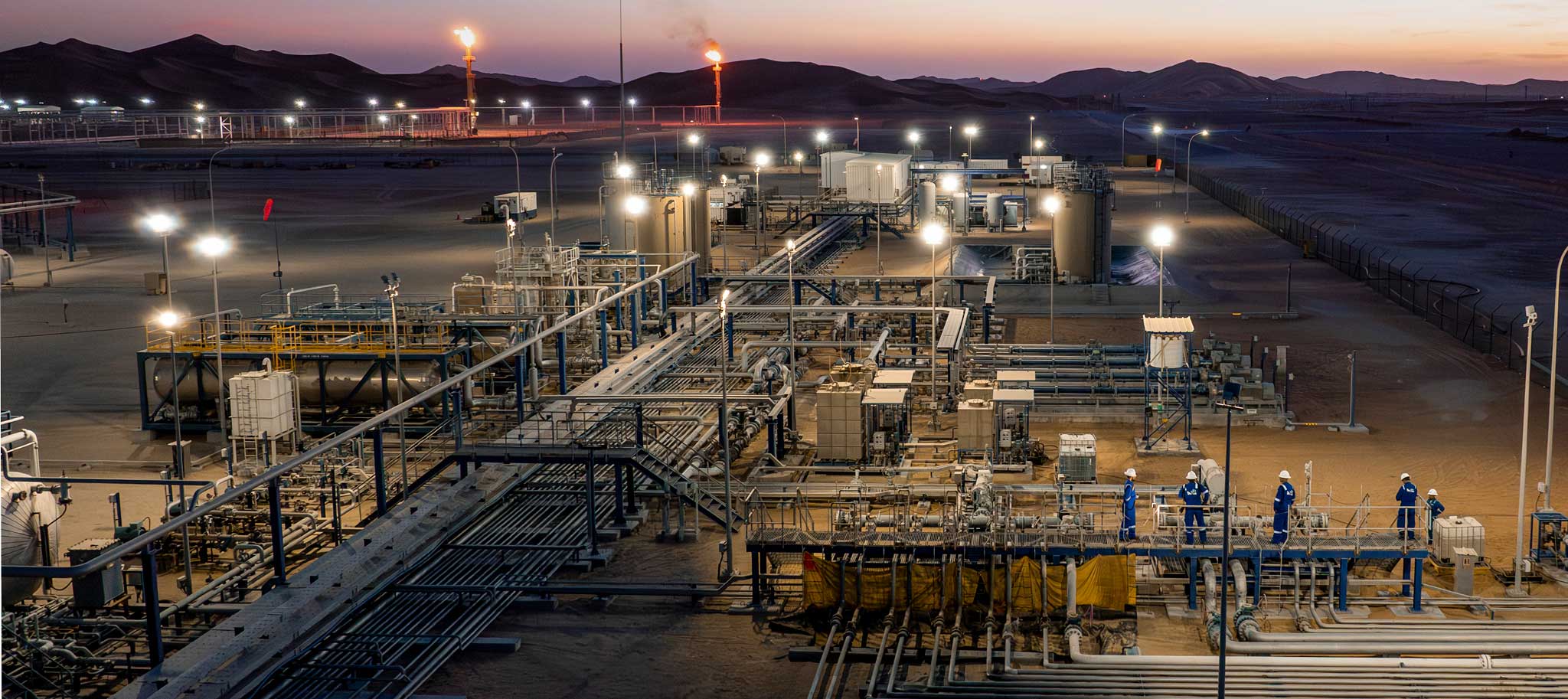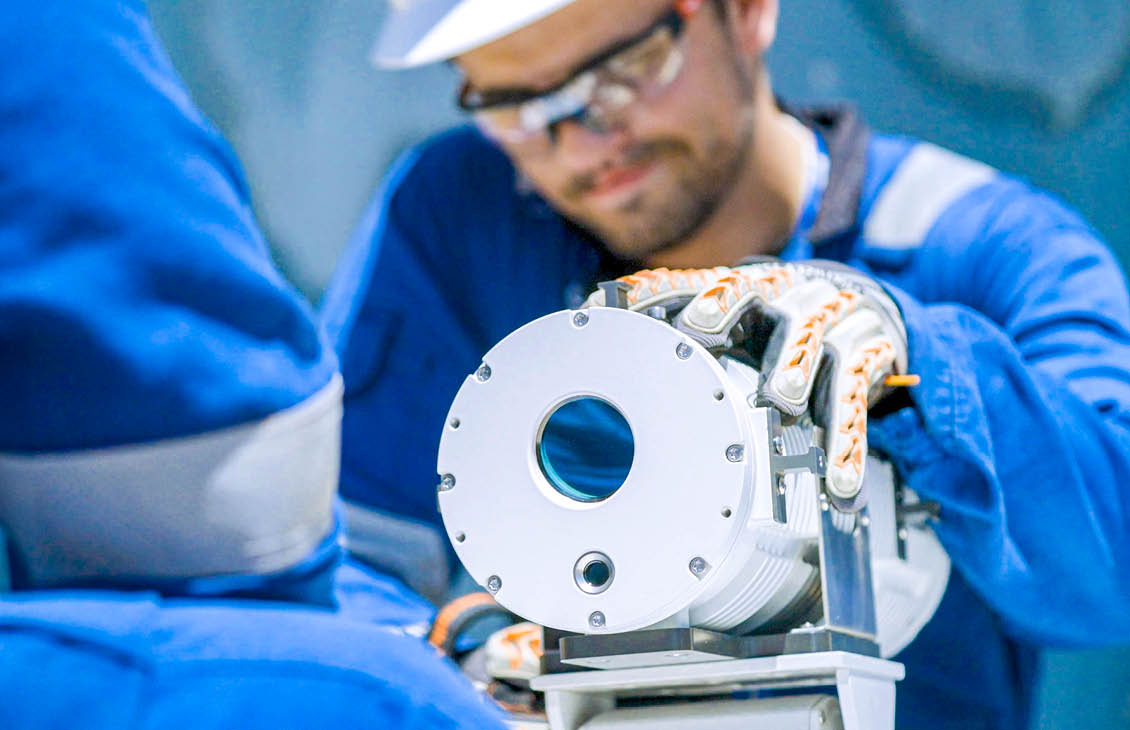With this article, we kick off a new series dedicated to giving you—the curious reader—an update on what’s been researched, discovered, and proposed lately in the world of emissions management and reduction. This edition of our research paper roundup reviews two papers tackling the measurement of flare efficiency specifically:
- "Techniques for measuring flare combustion efficiency and destruction removal efficiency: A review" by Kyle J. Daun and Jennifer Spinti
- "Viability of video imaging spectro-radiometry (VISR) for quantifying flare combustion efficiency" by Kaveh et al.
Both papers describe methods for measuring how efficiently flares combust hydrocarbons into carbon dioxide and water. This efficiency is quantified in two related metrics called combustion efficiency (CE) and destruction removal efficiency (DRE). Combustion converts relatively strong greenhouse gases such as methane into relatively weak greenhouse gases such as carbon dioxide. In other words, maintaining high combustion efficiency is what allows flares to operate with a minimal greenhouse gas footprint.
The challenges behind measuring combustion efficiency
Measuring CE and DRE is challenging for a number of reasons. First is the precision required. Many flares are efficient, with combustion efficiencies greater than 95% (meaning that more than 95% of the gas fed into the flare is successfully combusted to carbon dioxide). Methane emissions, however, come from a small fraction of gas that isn't combusted by the flare.
While a 98% efficient flare and a 99% efficient flare both sound impressive, the 98% efficient flare has twice the methane emissions of the 99% efficient flare. This means that, for flare monitoring to be effective, it requires precise instrumentation that can distinguish clearly between very similar efficiencies.
The second reason why measuring CE and DRE is challenging is because of the inherent variability of flares. Dynamics inside the combustion zone are complex, particularly in open flares that are exposed to the wind.
Flares typically flicker and sputter, with the combustion efficiency changing on time scales short and long. This temporal heterogeneity raises questions about how long efficiency must be measured to produce a representative result. Meanwhile, flares also have hot spots and cold spots, each with different combustion efficiency. This spatial heterogeneity raises questions about where efficiency must be measured to produce a representative result.
The way combustion efficiency varies with time and space—along with the approach to measuring it—tends to be reminiscent of many other sources of methane emissions. When it comes to measurement, for example, campaigns must be designed carefully to ensure that enough samples are taken in enough places at enough points in time to be representative.
The technologies enabling CE measurement
Given the challenges in measuring CE and DRE, it’s not surprising that there’s no perfect system for measuring flare efficiency. Many technologies are available though, and the two research papers listed earlier describe several of them in detail.
Some technologies, for instance, measure the heating value of the flare gas—which essentially describes how much chemical energy is stored in the gas—and use correlations between the heating value (and some other parameters) and CE. The accuracy of those approaches is generally considered low because the empirically derived correlations are useful for identifying coarse differences in CE but lack the detail needed to discern the important but small differences in CE.
Another approach is to measure methane emissions far downwind of the flare. This approach can be quite accurate but typically cannot distinguish between the methane arising due to flares and the methane arising due to other sources.
That said, the research papers pay particular attention to technologies that directly measure the methane (resulting from unsuccessful combustion) and carbon dioxide (resulting from successful combustion) coming from the flare. Ideally, the technologies would directly measure the mass emission rates of each gas. But those measurements are complex, so what the technologies typically do is measure the relative concentrations of methane and carbon dioxide instead.
Remote sensing
There are multiple ways of measuring those concentrations, resulting in different definitions of CE for different instruments. Concentrations are often measured using remote sensing, based on the optical signatures of hydrocarbons and carbon dioxide. Examples include open-path Fourier transform infrared spectroscopy (FTIR), which can be performed in active mode (using a dedicated light source such as a globar) or passive mode (using the light from the flare), video imaging spectro-radiometry (VISR), and differential absorption lidar (DIAL).
One of the important things to note is that techniques that use light from the flare are particularly affected by spatial heterogeneity. The hotter areas of the flare, which tend to have higher CE than the colder areas, give off more light, so make sure you don’t overrepresent them.
Plume sampling
The papers also provide a detailed review of plume sampling, in which gases from the flare are captured and analyzed to determine methane and carbon dioxide concentration. An extractive sampling approach, which involves collecting a small sample of gas from a particular part of the flare, has often been considered the source of ground truth for calibrating flare monitors. While laboratory measurement of methane and carbon dioxide concentration can be highly accurate, this approach does capture the temporal and spatial heterogeneities in flares.
That said, results from this sampling method have been shown to vary based on when and where the sample was collected, with no clear way of identifying which sample provides the most representative results. The observation calls into question the ground truth, as well as all other sensors that have been validated by comparing them with this ground truth.
Awareness is key
There are many ways to measure CE and DRE, each of which needs to contend with the need to make precise and representative measurements of a quantity that naturally varies in time and space. Each method has its own strengths and weaknesses in measurement quality, not to mention strengths and weaknesses associated with deploying the device practically in the field. Selecting the preferred instrument for measuring flares must be done with all these strengths and weaknesses in mind, and it’s important to acknowledge the challenges that were faced when making the measurement if you wish to interpret the measured data correctly.




